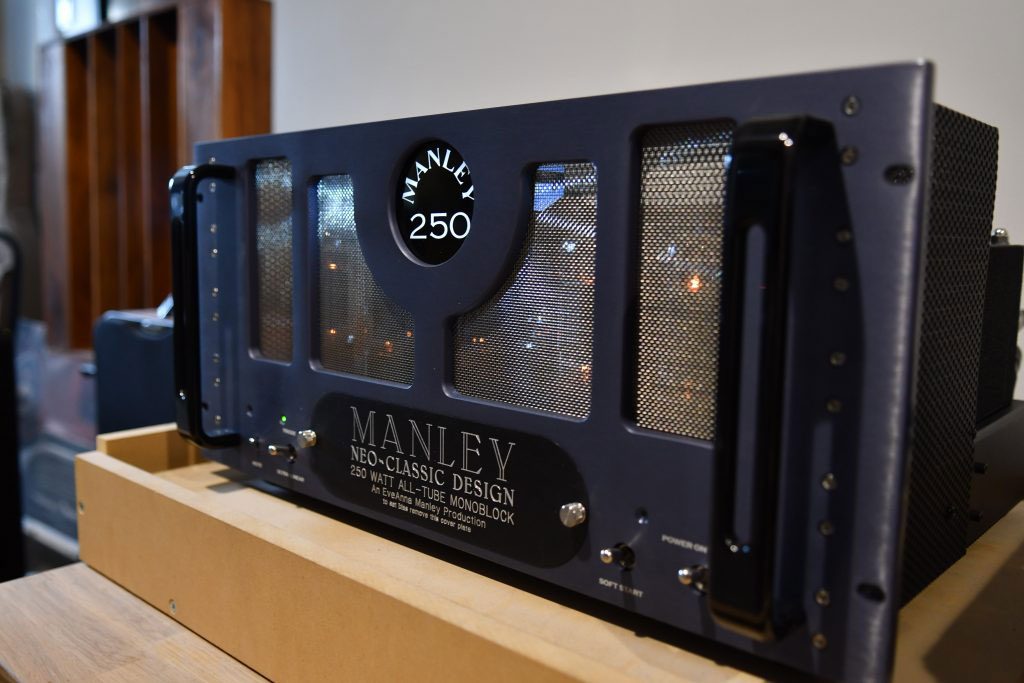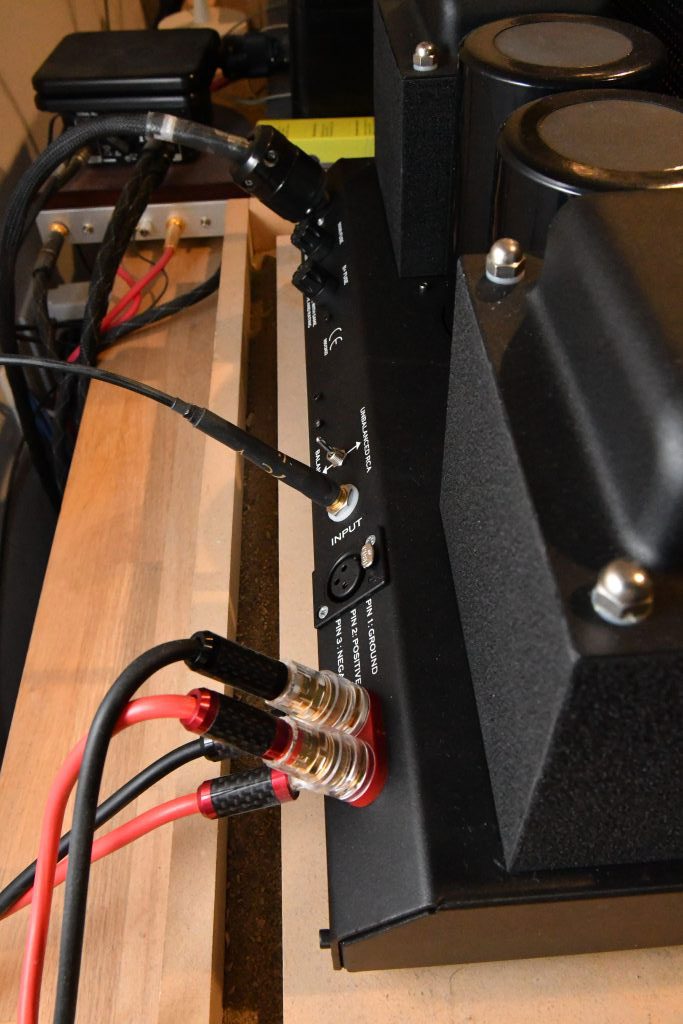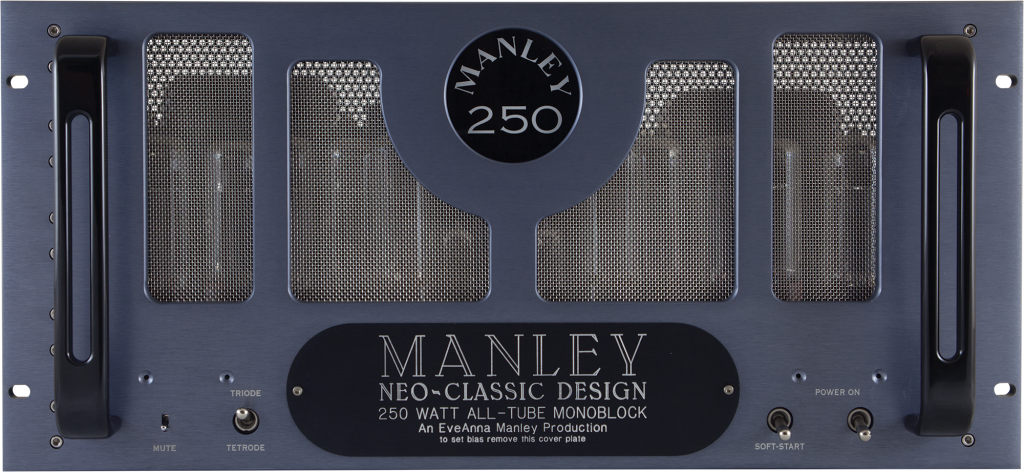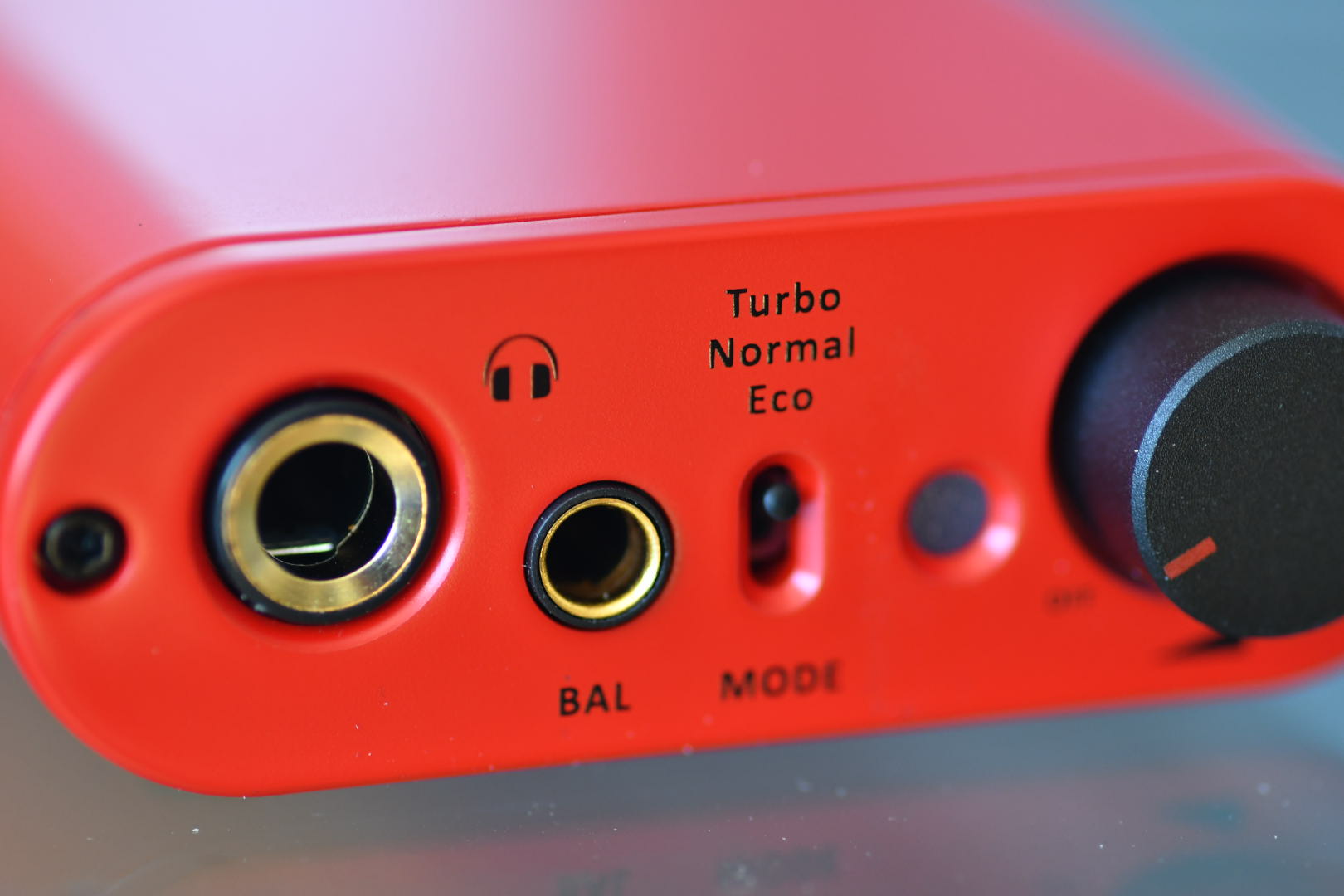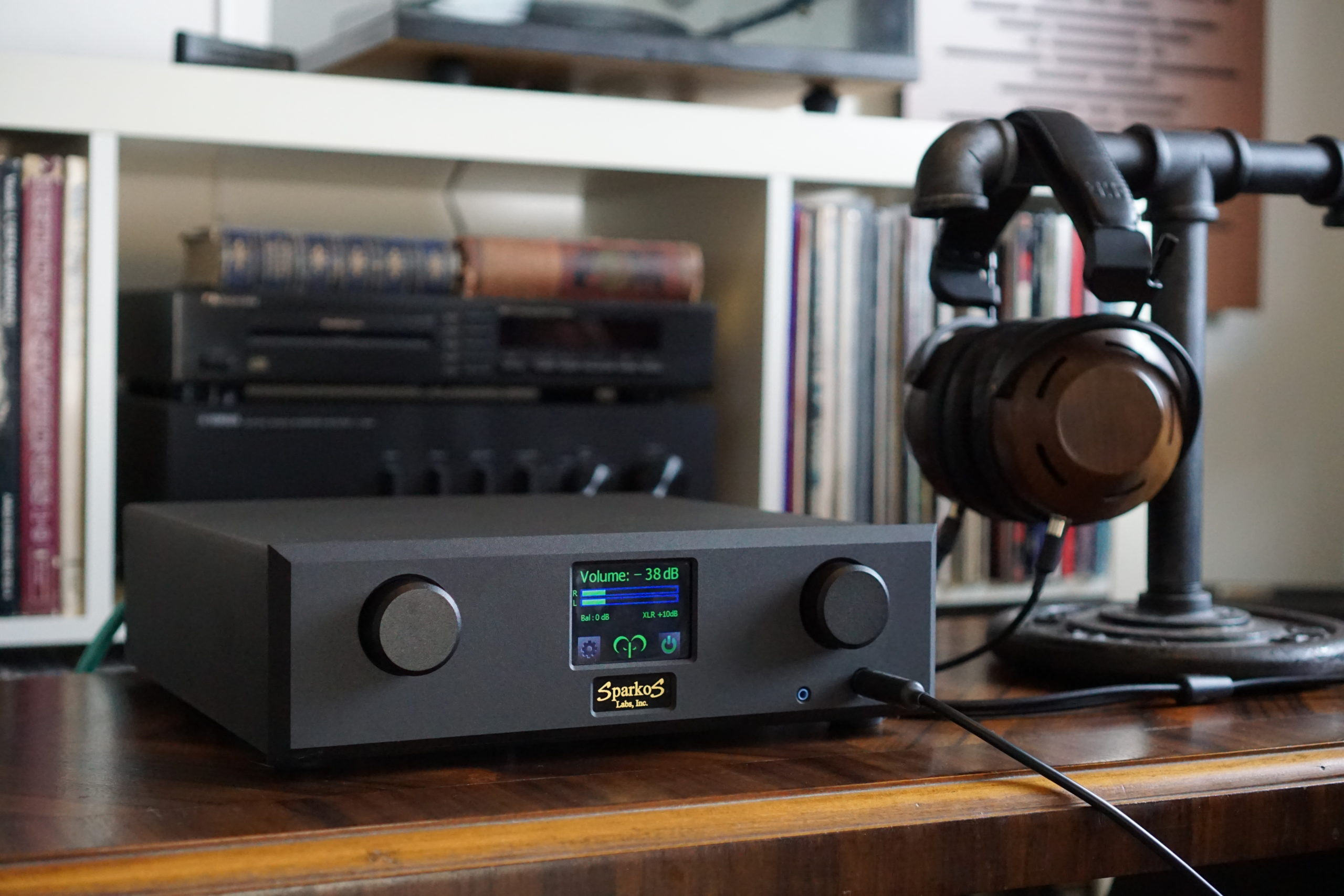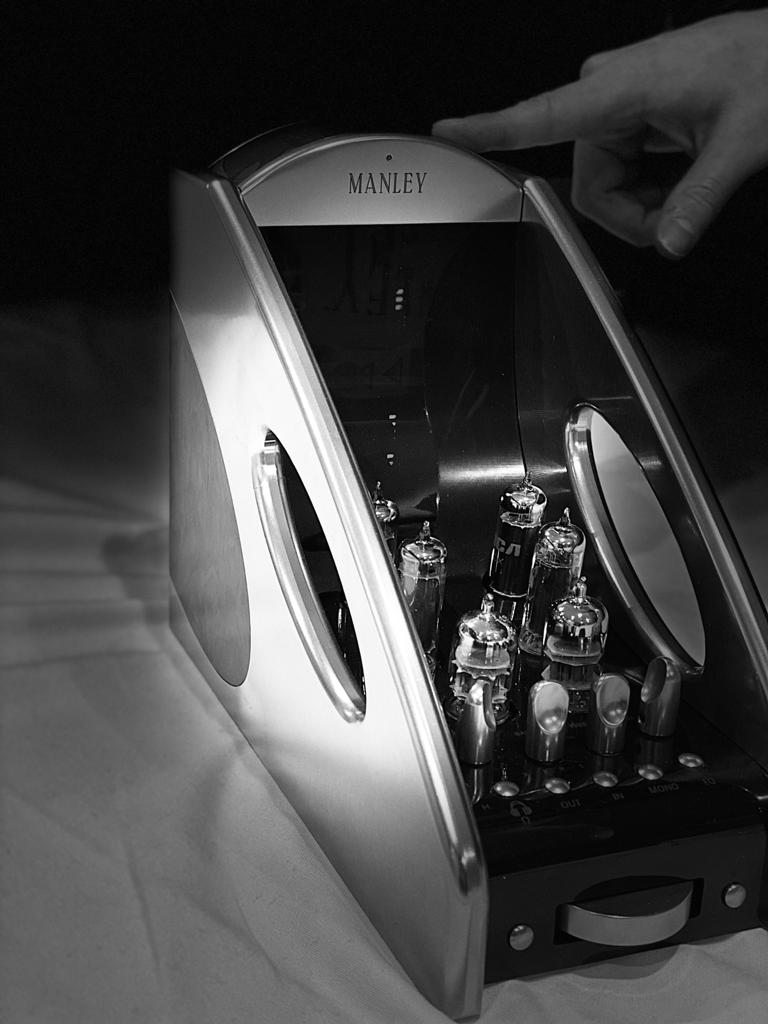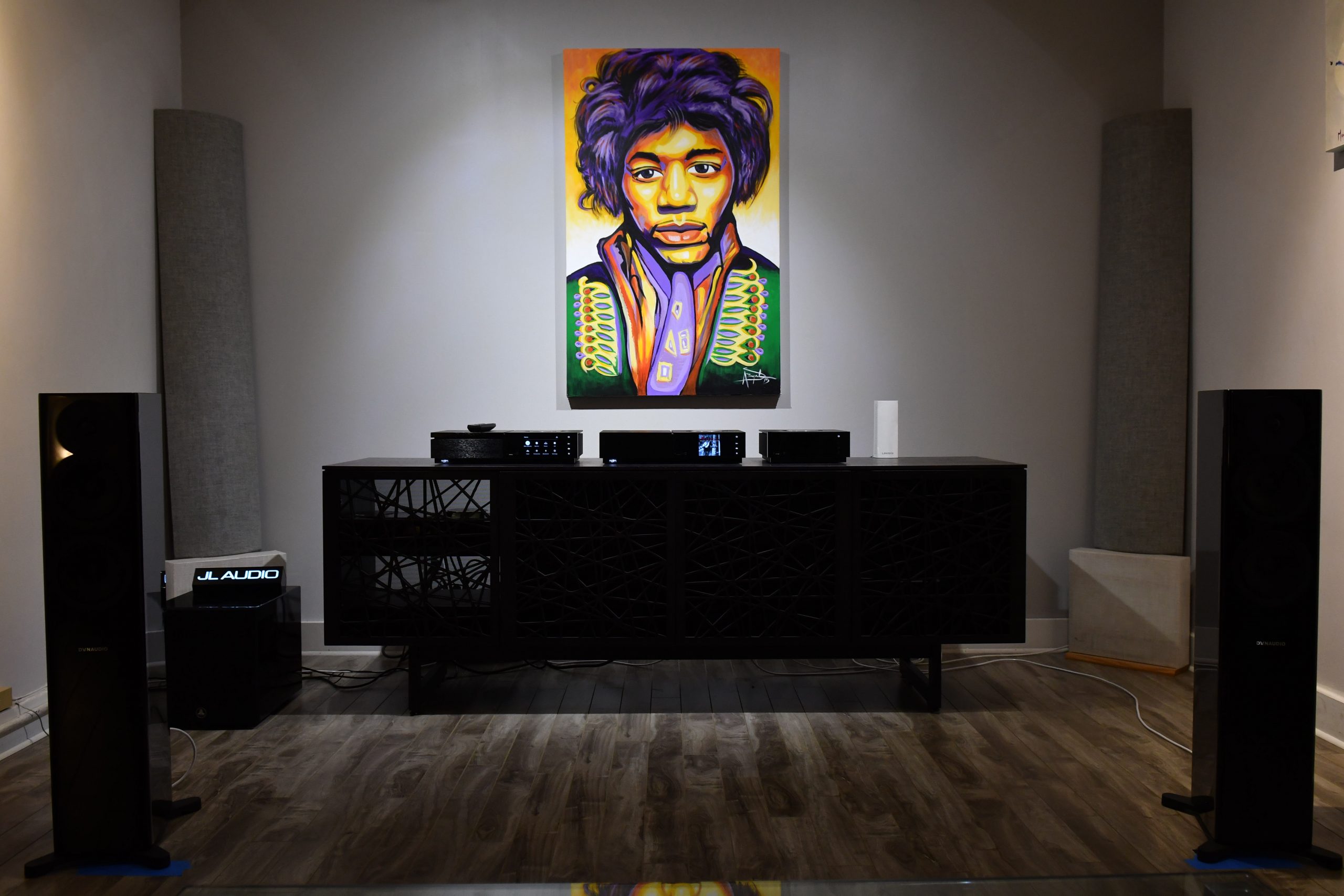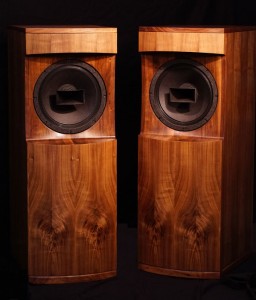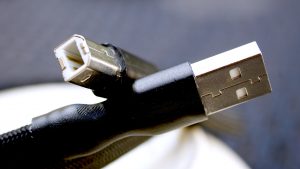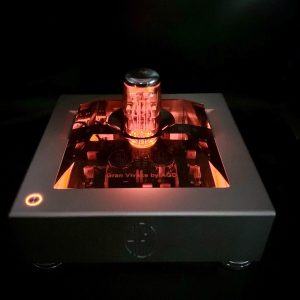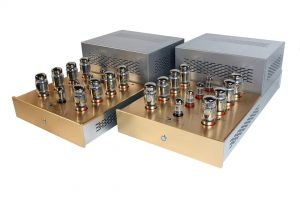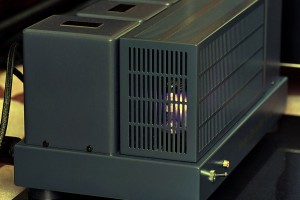For those who have been around audio for a while, Manley Labs has been an industry stalwart for a long time. Headed by EveAnna Manley they produce products for both the home and professional markets. I stumbled upon the company once again when I heard of a new headphone amplifier that they had recently developed (more on this in an upcoming review) and decided to revisit an old friend in the audio game. Searching on the current website led me to these monoblock amps that have been in the Manley Labs catalog for a number of years. I was curious to see what they would sound like, and a quick email to EveAnna was all that was needed to secure a review sample.
I wanted to give anyone not familiar with the brand an opportunity to get a little better introduction, so I sent EveAnna a few questions to highlight the brand and what has gone into these amps before the review process began. The history of the company and of EveAnna can be found HERE. I also asked her a few brief questions and below were her responses:
What was the design concept and what influenced the build?
The "Neo-Classic" moniker is dudes (sic) to delineate the earliest classic designs dating back to when David Manley was with the company, before 1996. This power amplifier has its roots planted firmly in those old days, and really represents a classic David Manley design that has survived fairly untouched to present day.
What updates have been done recently?
This design has remained quite stable over the years. Very minor changes to the power supply have been made over the years, but that's really about it. Again, this design represents a throwback to the original big muscular vacuum tube amplifiers that David designed.
What are some of the highlights that you are proud about in its development?
From the onset there was something "right" about our most powerful amplifiers from the old days. Important, years ago, was to get the big power transformers quiet. I personally worked with a new vendor back in the 1990s to make this happen. And then in 1995 we started winding the output transformers in house. This enhancement of the factory capabilities allowed us to develop more advanced output transformer designs. And this is probably the most important element in the whole amplifier. All the sound is going through it, so we had better get it right! Beyond this, compared to any other high power tube amplifiers you can name, the Manley 250s represent an honestly priced American product. Big bang for the buck!
Unboxing
I received the monoblocks carefully packaged in custom foam, and double boxed to protect amplifiers from harm. They are definitely hefty, so careful attention was placed on not throwing out my back. The contents of the box revealed that not only do they provide a manual, but extra fuses (which look to be ceramic), power cords, a tool to set bias, and also a handy voltmeter. The little things provide a better consumer experience, and I appreciated that Manley provided all the necessary tools, and then some, to get a user started. The tube complement is already seated in the amps, and are ready to go. Removing the tube cages show that the rows of tubes are additionally protected by slabs of foam during transport. All of this is detailed in the manual, which has descriptions of what to do before turning them on. Being an owner of vintage VTL amps I smiled at the manual, as it had some tongue-in-check references and lighthearted dialogue that reminded me of my old VTL 140 manual.
Appearance
Once everything was unpacked and hooked up I had the ability to soak in the overall aesthetics of the amps. Manley has done a good job by providing an industrial retro look with a hint of modern touches. The front is dominated by a thick aluminum faceplate ready for rack mounting. It is precision milled, has a very attractive blued finish that is synonymous with the brand image, and has the prerequisite grab handles to lug the amps around when need be. The Manley name is proudly displayed in the front, with model and name. I love the fact that it proclaims the power output and that it is an all tube monoblock. The rear of the amp contains the all important transformers, which look dense, are heavy, and with a rap of the knuckles confirm that they are all business with no hint of echo or emptiness in the casing. The very back has the hookups with WBT binding posts, balanced and unbalanced inputs, and fuse holder. When the amp is powered up you are not only treated to the warm tube glow, but the front is adorned with "Manley 250," which is backlit by a small led bulb. When listening in the dark the amp casts both the glow of the tubes and led logo, well played indeed. Overall the design is straightforward, utilitarian, and clean.
Operation
As the nameplate describes, this is an all tube amplifier. Using ten EL34B output tubes, two 12BH7EH for the driver stage, and a single 12AT7 for the input. The operation of this amp is very simple. Toggle switches operate all aspects except biasing, which is found behind the nameplate. For those that might be nervous about biasing an amp by themselves Manley has you covered with the informative manual, but also a short video that can be found on their website. The toggles have a great tactile feel, are responsible for turning the amp on and off, and determining whether or not you want to run it balanced or unbalanced. An additional feature allows for the amp to be in a low power, always on mode that Manley has named "ever-warm." Power consumption is 30 watts when engaged and definitely helped when wanting to listen right away, as sonically the amps were more ready to sound their best, as well as saving tube life, because it negates the hard startup. The additional feature that Manley provides is that the amp is able to switch from full power tetrode 250-watts to lower power triode 100-watts.
Listening impressions
Starting the review process off I decided to go with my digital end. Listening to a little popular country with Thomas Rhett's song "Die a Happy Man." Right away I noted the melody to be well represented, and his voice clearly in the center to the mixed elements of the song. I find male country artists to have an honest quality to their voices that I appreciate. The amps portrayed the whole song very well, never seemed to lack on either end, and was a good start to the formal review process. One of the tracks that I like to test components overall reproducing quality is Daft Punk's "The Son of Flynn" from the TRON: Legacy soundtrack. The electronic mix tests the rhythm, tempo and overall soundstage, and boy did these amps deliver. I find that sometimes high power does not necessarily equate to delicacy, especially with electronic music. These Manley amps presented the song coherently with correct pace, and with a wide soundstage where the music appeared in space appropriately.
I decided to slow it down and fired up Sean Rowe's "To Leave Something Behind," and was rewarded with great presence represented by great mids and high bass where his voice resides. The amps recreate a single voice, guitar, and limited accompaniment well. I was curious to see how well a female vocal track would fare, and threw on Kina Grannis' cover of "Can't Help Falling in Love" from the Crazy Rich Asians Soundtrack. The guitar in the beginning is faithfully rendered, and the transparency and resolution were evident. Her voice, tender and clear, came through, and she was able to make a classic song her own. These amps made you feel within the musical space, and I would say at times you are gifted with a front row seat in the nearfield listening position that I have my rig set up in. I immediately fired up "Cleopatra" (Acoustic Demo) from the Lumineers, and was transported to the sound space where the recording was made. I love it when a component brings you closer to how the artist created their music. These amps allow you to be a fly on the wall, where you hear details that were recorded, like it or not. With this notion, badly recorded music will literally be fingernails on the chalkboard, as these amps are a magnifying glass to your music collection and system.
In the end, how would I summarize these amps? They have great control, power, and coherence. They possess great extension in both high and low, and do it effortlessly. At no time did I feel they were straining. Reflecting on my time with these amps made me think of a great resto-modded automobile. For those who do not know what that is, a resto-mod usually consists of a classic car body with basically everything else redone to modern standards. These amps on the outside look like a classic amp, but beneath the surface they have been tweaked to modern standards without losing what made them originally special. If I had one criticism with these amps, it would be that although not clinical, they did not possess a classical tube amp bloom, or what some would say warmth. That type of musicality in an amp is subjective, and they did so many impressive things while I listened to them their strengths far outweighed a little warmth here and there when it came to reproducing human voices. What you get with the Manley Labs amps is classic workmanship, honest reproduction, and a hint of a vintage vibe that more people are coming to appreciate. It is not the newest product on the block, it is a tried and true application that prides itself on reliability, power, and control. These monoblocks are serious audio products that EveAnna and her team have made, but they also understand the joy of music and what these components can bring to the end user. Tubes rule! Give it a try. Take care!
Neo-Classic 250 Monoblock Classic Amplifier
Retail: $14,599 USD
Manley Labs
13880 Magnolia Ave.
Chino, CA 91710 USA
+1.909.627.4256




